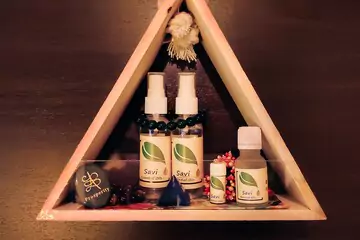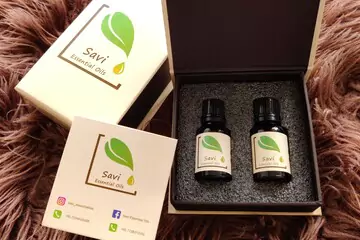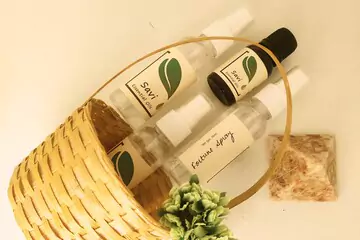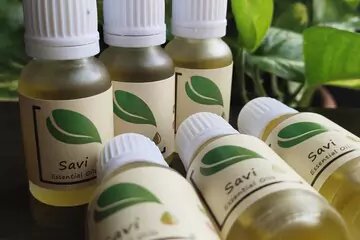Essential Oils
Introduction
Essential oils are highly concentrated, volatile plant extracts obtained through processes such as steam distillation, cold pressing, or solvent extraction. These extracts are derived from various plant parts, including leaves, roots, bark, flowers, and seeds, each contributing to distinct aromatic notes—top notes (light and fresh, like citrus), middle notes (balanced and floral, like lavender), and base notes (deep and earthy, like sandalwood). They capture the plant’s aromatic compounds, which are responsible for its scent, flavor, and therapeutic properties. Essential oils have been utilized for centuries across diverse cultures for medicinal, cosmetic, and spiritual purposes, owing to their potent chemical compositions. Each oil contains a unique blend of bioactive compounds, such as terpenes, phenols, and esters, which underpin their specific effects and applications. In modern contexts, the global essential oils market was valued at approximately USD 25.86 billion in 2024 and is projected to reach USD 56.25 billion by 2033, reflecting a compound annual growth rate (CAGR) of 9.0%, driven by increasing demand in health, wellness, and personal care sectors.
Grades
Essential oils are categorized based on their purity, quality, and intended use. While no universal standardization exists, common grades help distinguish suitability for various applications.

Therapeutic Grade:

Cosmetic Grade:

Fragrance/Perfume Grade:

Food Grade:
Applications
Health and Wellness
Employed for stress/anxiety relief, pain/inflammation management, immune support, and sleep improvement. Popular oils like peppermint aid digestion and concentration.
Skincare and Beauty
Address acne/blemishes, anti-aging, and hair care. Tea tree oil's antibacterial qualities treat skin issues, while rose oil promotes hydration.
Household and Cleaning
Serve as natural disinfectants, with eucalyptus or citrus oils providing effective, eco-friendly alternatives.
Culinary Uses
Enhance flavors and support digestion in foods/beverages, using oils like basil or ginger sparingly.
Spiritual and Emotional Practices
Facilitate meditation, yoga, and mood enhancement through diffusion or rituals.
Industrial Applications
Integral to cosmetics, perfumery, and pharmaceuticals for flavoring, scenting, and therapeutic formulations.
